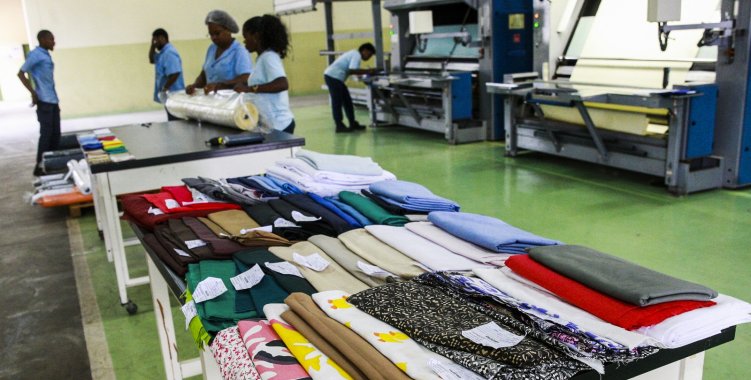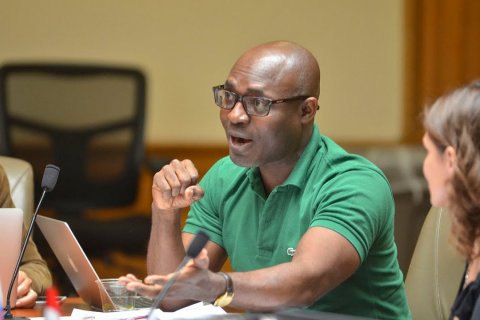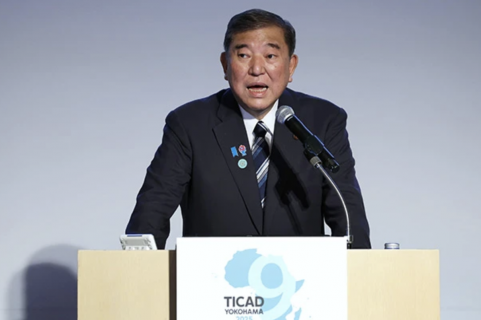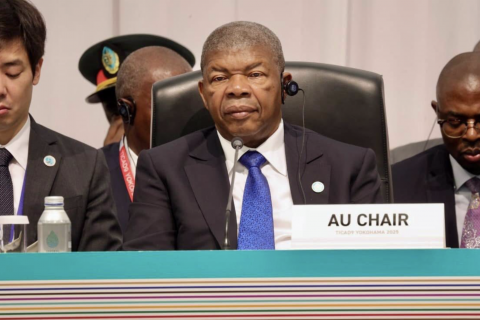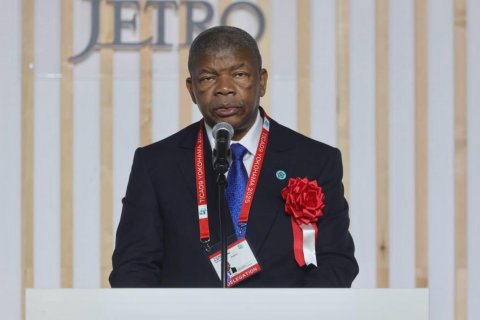To do so, certain conditions will have to be met, as Jorge do Amaral, who heads Alcaal, the Argentine group that took over the factory under the Executive's Privatization Program, explained in an interview with Lusa, through a management contract with the company Investimentos e Participações (IEP).
"We are still a long way from reaching the factory's maximum production capacity", admits the executive president of Alcaal.
The factory currently produces over 50,000 meters of fabric/month, but can produce up to 800,000 meters of fabric/month, a goal that Jorge do Amaral hopes to achieve next year, doubling the number of workers, from the current 250 to 500 workers, and starting to work 24 hours a day, divided into three shifts.
The objective is to reach 10 million meters of fabric produced in 2023, he underlines, during a visit to the Textang II factory, in Cazenga, in Luanda.
The top priority is internal market self-sufficiency.
"Perhaps in four or five years we can think of an export profile, but the focus today is the domestic market", he underlines.
Unless "unexpected opportunities" arise, he added, noting that rising energy costs will have a "brutal impact" on the Portuguese textile industry.
For the time being, Textang II wants to show the Angolan market, which is heavily dependent on imported products, that it is in a position to supply "reliable and technically solid" fabrics so that the clothing industry can reactivate, which would generate "thousands of jobs ".
In Angola, the traditional and colorful African cloths, used mainly by women, are almost all imported.
"It is the famous cloth from Congo, of poor quality, which I would say unfair competition. We are creating the idea of cloth from Angola, produced by Angolans. Replacing cloth from Congo with cloth from Angola is, clearly, the mother of our battles", underlines the manager.
A job that, he believes, could take decades.
According to data provided by the government, Angola annually spends around 300 million dollars on imports of new and used clothing, and occupies the top of the world table in terms of second-hand clothing purchases ("bale").
Numbers that Jorge do Amaral wants to counter, stressing that another of the essential steps for this task to be successful is to achieve self-sufficiency in terms of raw material, namely cotton, a project in which Alcaal is also involved, with a recent plantation in downtown Cassange (Malange).
Angola was once a giant in the production of this crop, having reached the third place among the main world cotton producers in 1973.
Currently, the cotton used by Textang II "is all imported", coming from countries such as Nigeria and Senegal, among others, but the scenario could soon change, as cultivation in Baixa de Cassange increases.
"The idea is, in three or four years, to reach 15,000 hectares to be self-sufficient in cotton production", said the president of Textang II, who considers this essential condition to produce cheaper fabrics and encourage the reactivation of the clothing industry.
"We want Textang II to be an engine to create thousands of jobs," he emphasized.
Textang II currently mainly supplies the private sector, including the country's top designers, but is repositioning itself to be the main supplier of fabrics for the State, namely for uniforms for the defense and security forces.
This will be "the big leap" that will allow the factory to reach a turnover of 30 million dollars next year, estimated the Alcaal CEO, adding that this year sales should double the value of 2021, when Textang entered in activity.
So far, Textang II has invested 9 million dollars in the project, including the renovation of the factory, which covers an area of 50,000 square meters, which was connected to the electricity grid for the first time after the reprivatisation.
There it is possible to follow the entire textile process, from the moment the cotton bales are received, starting with the spinning, followed by the weaving, where the age-old technique continues, adapted to mechanization, until the final finishes.
Alcaal, through the IEP, won the public tender for the reprivatization of Textang II in 2020, paying the State a fixed annual rent for a period of 15 years, after which it will be able to exercise its purchase option.
In June 2019, the Attorney General's Office concluded that the previous privatization of Angola's three textile factories (Txtang II, Africa Têxtil and Satec, currently Comandante Bula) had been irregular, using loans from the Angolan State, through a line of Japanese credit, which were never repaid.
The cost of refurbishing each of the factories would amount to 50 million dollars, but the final value of the three projects was ten times the amounts initially estimated.
In addition, according to the Instituto de Gestão de Gestão de Ativos e Participações do Estado (IGAPE) at the time, Africa Têxtil, in Benguela, produced less than 10 percent of its capacity, Textang II did not exceed five percent and the former Satec remained at 0 percent, which led to the removal of the companies to which they had been delivered.
After the completion of the reprivatisation processes, Textang II is now managed by Alcaal, while the former Satec and Africa Textile are under the responsibility of Baobab Cotton (Zimbabwe).

